Emphasis on Skill Development
In the K-12 Game Based Learning Market, there is a growing emphasis on skill development that aligns with 21st-century competencies. Educational games are designed to foster critical thinking, problem-solving, and collaboration among students. This focus on skill acquisition is particularly relevant as educational institutions aim to prepare students for future workforce demands. Data suggests that over 60% of educators recognize the importance of integrating skill-based learning into their curricula. As a result, the K-12 Game Based Learning Market is likely to see an increase in the development of games that specifically target these essential skills, thereby enhancing the overall educational experience.
Rising Demand for Engaging Learning Tools
The K-12 Game Based Learning Market is witnessing a notable increase in demand for engaging educational tools. As educators and parents seek innovative methods to enhance student engagement, game-based learning platforms are becoming increasingly popular. Research indicates that students are more likely to retain information when it is presented in an interactive format. This trend is further supported by data showing that approximately 70% of teachers believe that game-based learning can improve student motivation. Consequently, the K-12 Game Based Learning Market is expanding as more institutions invest in these tools to create dynamic learning environments that cater to diverse learning styles.
Growing Recognition of Gamification Benefits
The K-12 Game Based Learning Market is experiencing a surge in the recognition of gamification benefits within educational contexts. Educators are increasingly aware that incorporating game elements into learning can lead to improved student engagement and motivation. Studies indicate that gamified learning experiences can enhance retention rates by up to 30%. This growing acknowledgment is prompting schools to integrate game-based learning strategies into their curricula. As a result, the K-12 Game Based Learning Market is likely to flourish as more educational institutions adopt gamification techniques to create stimulating and effective learning environments.
Support for Remote and Hybrid Learning Models
The K-12 Game Based Learning Market is adapting to the evolving educational landscape characterized by remote and hybrid learning models. As schools implement flexible learning environments, game-based learning platforms provide an effective solution for maintaining student engagement and participation. Research indicates that approximately 75% of educators find that game-based learning tools facilitate better interaction in remote settings. This adaptability is crucial as educational institutions continue to explore innovative ways to deliver content. Consequently, the K-12 Game Based Learning Market is likely to experience growth as more schools adopt these platforms to support diverse learning modalities.
Increased Investment in Educational Technology
The K-12 Game Based Learning Market is benefiting from increased investment in educational technology. Governments and private sectors are recognizing the potential of technology to transform education, leading to substantial funding for innovative learning solutions. Reports indicate that funding for educational technology has surged, with estimates suggesting a growth rate of over 15% annually. This influx of capital is enabling the development of advanced game-based learning tools that enhance educational outcomes. As a result, the K-12 Game Based Learning Market is poised for expansion, driven by the continuous evolution of technology and its application in educational settings.


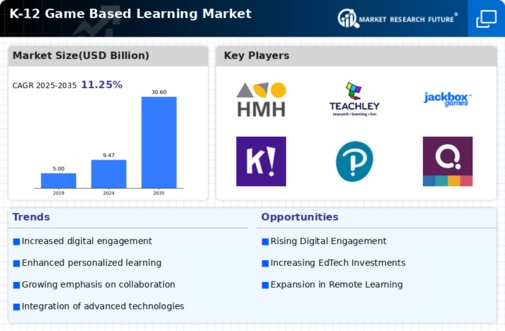
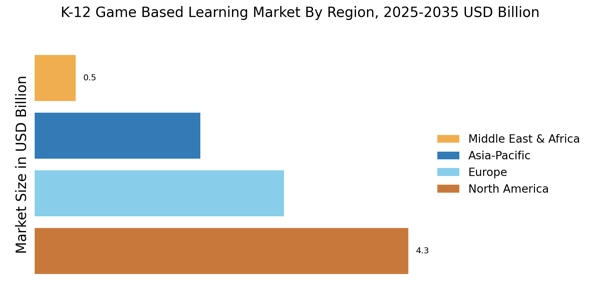
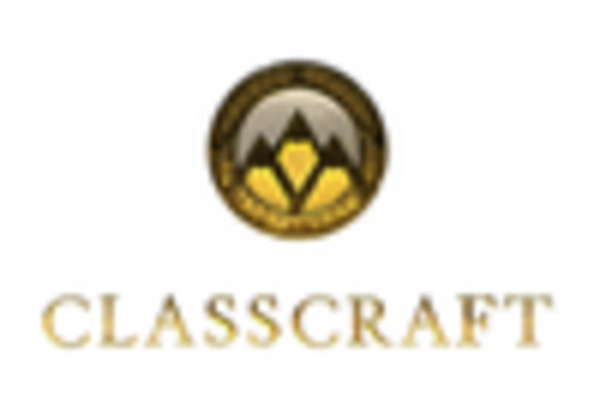

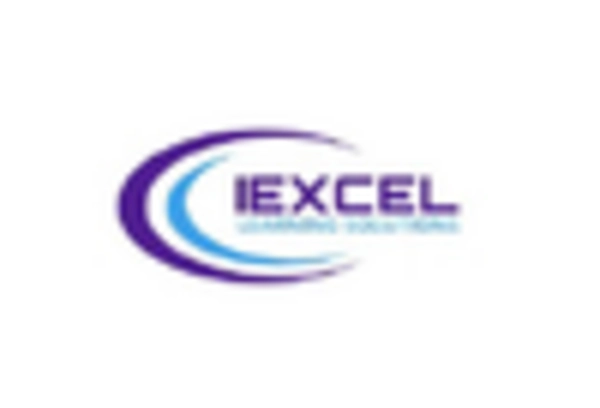
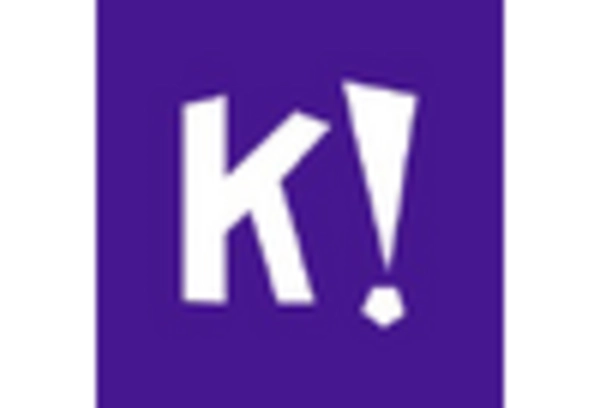
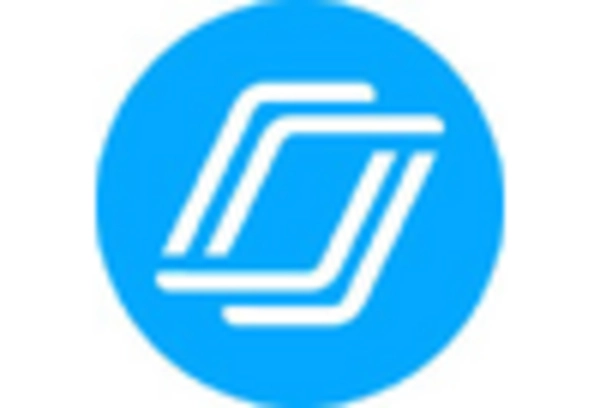
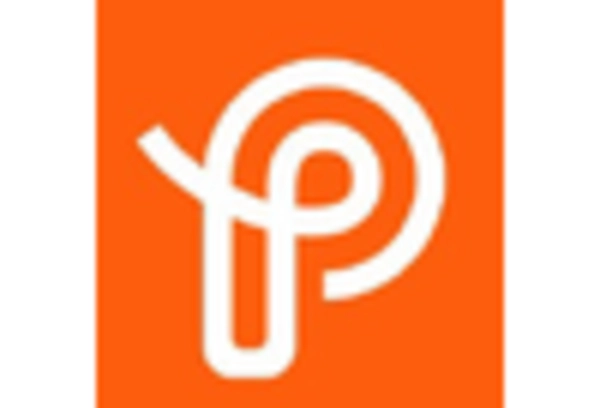








Leave a Comment